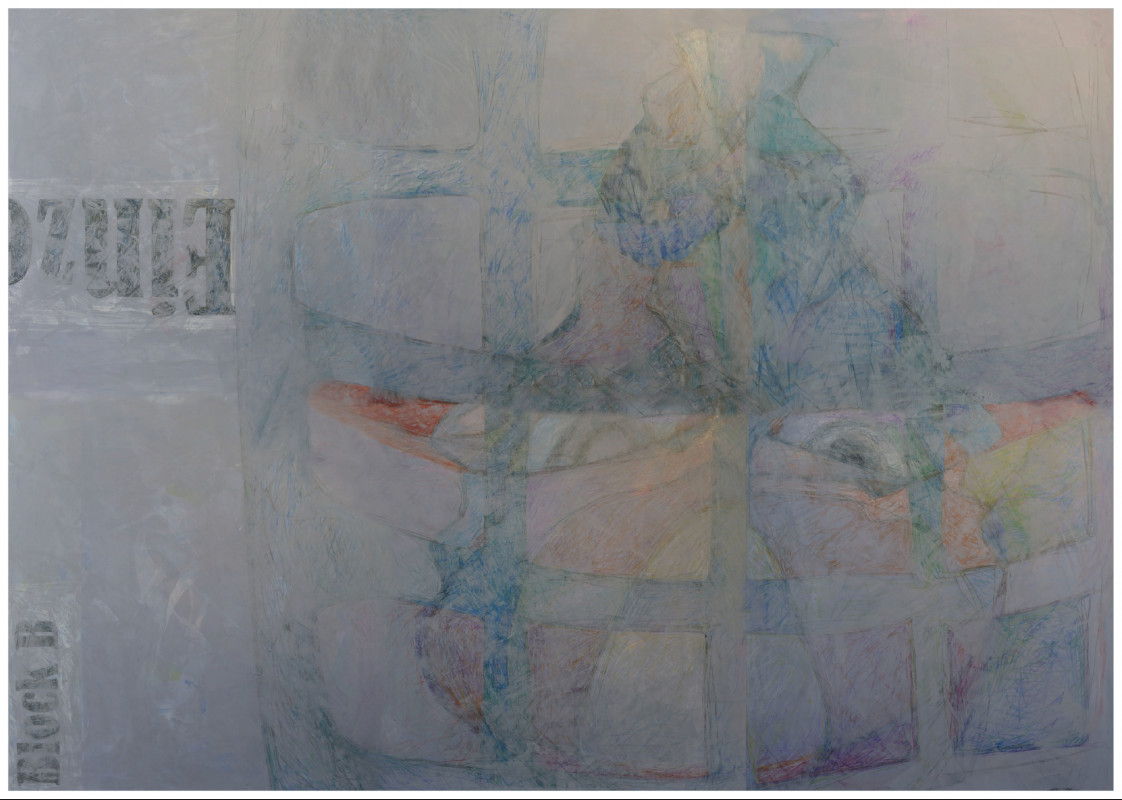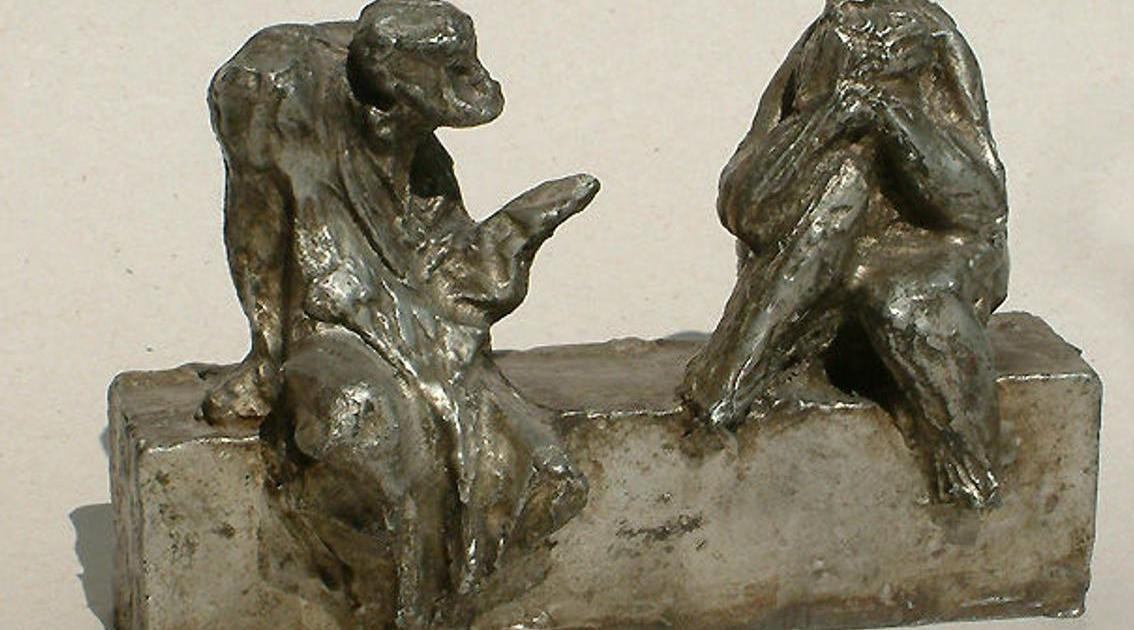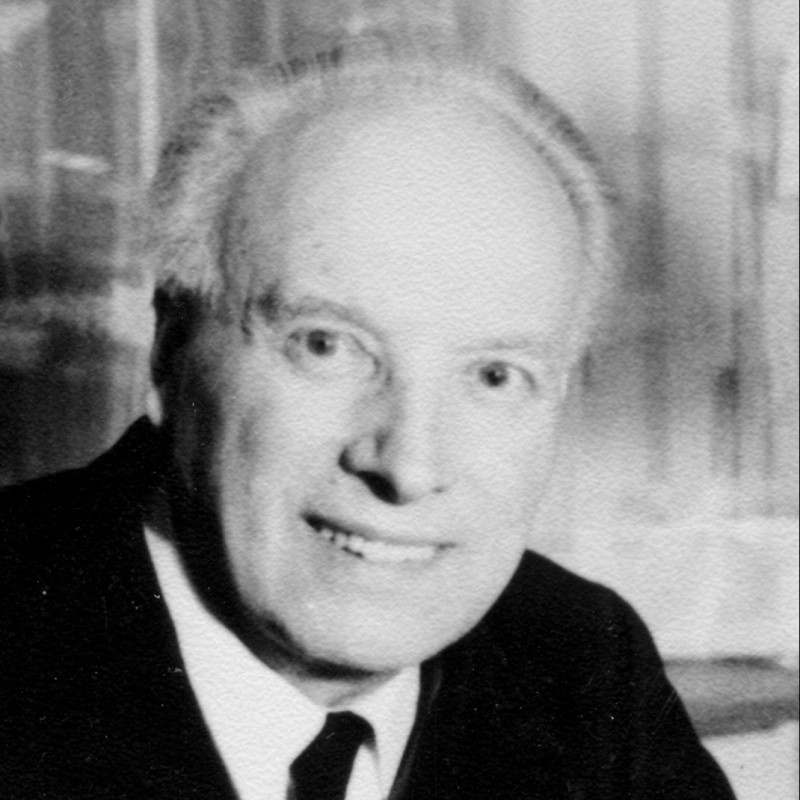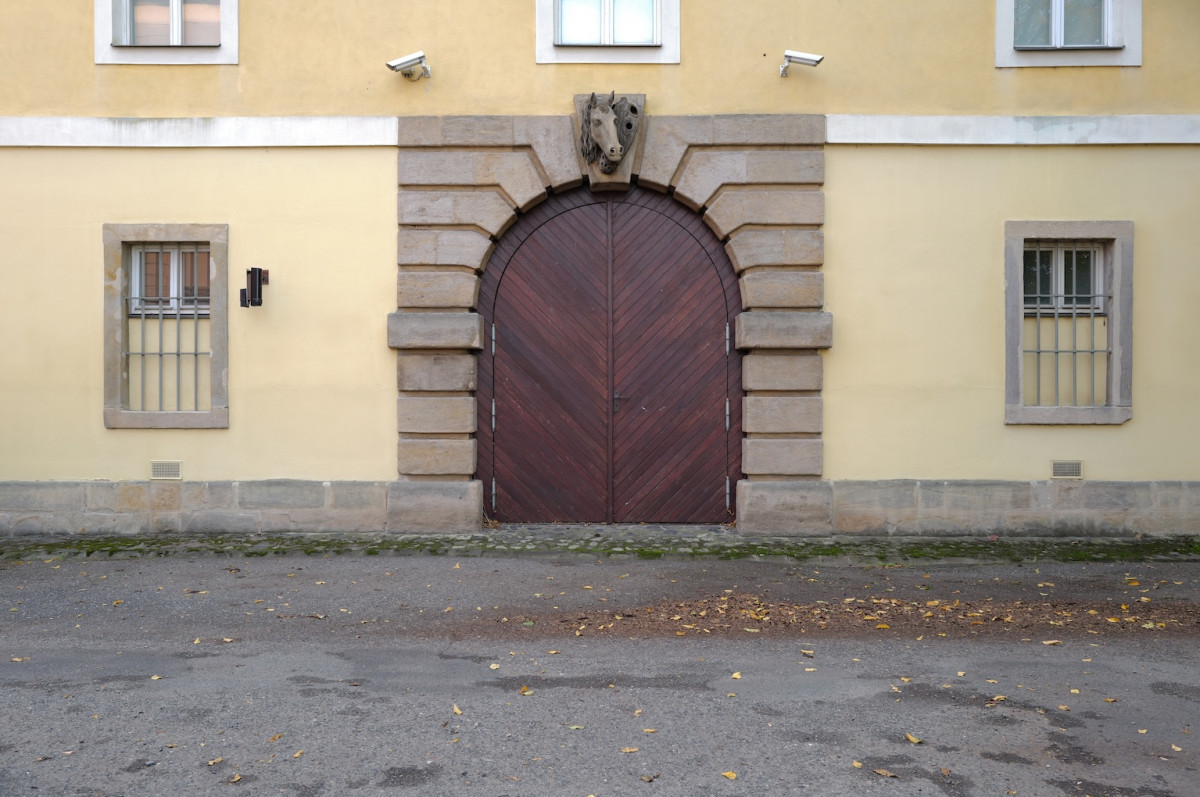Posláním české expozice v Osvětimi je ukázat mechanismus deportací z bývalého Protektorátu Čechy a Morava do Osvětimi na pozadí tehdejší situace v zemi, především pak v kontextu okupační politiky nacistického Německa.
Expozice je umístěna v budově tzv. bloku 16, přičemž vlastní historicko-dokumentární expozice je situována v 1. patře, zatímco část přízemí byla upravena s využitím některých architektonicko-výtvarných prvků jako je plasticky ztvárněná čelní stěna a další jednotlivé plastiky. Tento prostor bude využíván pro pořádání vzpomínkových aktů. Jeho dominantním prvkem je seznam transportů, které vězně z českých zemí přivážely do Osvětimi. Seznam je umístěn na celé ploše stěny vpravo od vstupu do přízemní části expozice. Dalším výstavním prvkem je velká mapa na levé straně stěny u vstupu do přízemního prostoru, na níž jsou vyznačeny hlavní koncentrační a vyhlazovací tábory, do nichž byli deportováni vězni z českých zemí. Úvodní texty o expozici se nacházejí na protější stěně mezi okny. U schodiště je vytvořen pietní prostor pro kladení květin.
Úvodní část historicko-dokumentární expozice v prvním patře ve stručné zkratce připomíná skutečnost, že rozbití Československa bylo jedním za základních předpokladů pro realizaci Hitlerových plánů na ovládnutí Evropy Dále charakterizuje Protektorát Čechy a Morava, který měl navenek vyvolávat zdání autonomie, ve skutečnosti se však veškerá moc soustředila v rukou okupantů, kteří vytvořili vlastní systém politických, správních, soudních a policejních orgánů a institucí. Navazující část je věnována charakteristice represivního systému, budovaného od prvních dnů okupace. Jeho hlavní složku představovalo gestapo se sítí venkovských služeben a řídícími úřadovnami v Praze a Brně.
Další část zachycuje akty odporu proti okupaci a hlavní směry organizovaného odbojového hnutí, které se v případě demokratických organizací orientovalo na československou exilovou vládu v Londýně, zatímco komunisté se nadále podřizovali pokynům zahraničního vedení Komunistické strany Československa v Moskvě.
Hlavní vlny represivních opatření okupační moci, jejichž základní metodu představovalo masové zatýkání, jsou obsahem další části. Poté jsou přiblíženy deportace do koncentračních táborů jako jedna z hlavních metod potlačování odporu v protektorátu.
Další část expozice uvádí tábory, do nichž byli vězni z českých zemí deportováni a mezi něž se od poloviny roku 1941 zařadil i tábor v Osvětimi. Na dvou polokruhových plochách situovaných v prvé polovině tohoto výstavního prostoru, jsou představeny hlavní skupiny politických vězňů, deportovaných z českých zemí do Osvětimi. Většina z nich je charakterizována v úvodních textech a poté přiblížena medailony některých z vězňů, které obsahují jejich základní biografická data a důvody vedoucí k jejich zatčení. Dva samostatné výstavní panely byly vyhrazeny pro dokumentování cesty jednoho z vězňů – Vladimíra Zedníka – od jeho zatčení až po smrt v Osvětimi a vyřízení formalit týkajících se předání jeho osobních věcí pozůstalé manželce. Navazující část se pak zabývá úmrtností vězňů a způsoby komunikace táborového velení s pozůstalými, přesuny vězňů z Osvětimi do jiných koncentračních táborů a řídkými případy propouštění vězňů.
Značné místo je v expozici věnováno deportacím židovských vězňů z českých zemí do Osvětimi i tomu, co těmto deportacím předcházelo. Je to dáno především tím, že Židé tvořili zdaleka největší skupinu ze všech vězňů. První část věnovaná této problematice přibližuje přípravy a průběh „konečného řešení židovské otázky“ na území protektorátu. Zdůrazněna je úloha Reinharda Heydricha, který po nástupu do funkce zastupujícího říšského protektora na podzim 1941 urychlil tempo příprav na „očištění“ protektorátu od Židů a rozhodl o zřízení ghetta – sběrného a průchozího tábora pro židovské vězně – v Terezíně. Celkem tři tématické celky expozice jsou věnovány deportacím z terezínského ghetta do Osvětimi od října 1942 do října 1944. Uvedené celky jsou doplněny medailóny některých židovských vězňů z českých zemí v Osvětimi.
Z terezínského ghetta bylo do Osvětimi deportováno také 4518 dětí ve věku do patnácti let, z nichž se konce války dožilo jen 245. U většiny z nich známe jenom jejich jména, data narození a smrti. Po některých však zůstaly jejich fotografie a také kresby, vesměs zachycující krásnou dobu života na svobodě a pohádek. Výběr z těchto fotografií a kreseb nejmladších obětí tvoří další, navazující část expozice.
Na dvou polokruhových plochách situovaných uprostřed druhé poloviny tohoto výstavního prostoru jsou umístěny dvě vzájemně se prolínající tématické části, přibližující každodenní život vězňů z českých zemí v Osvětimi. Jednu představuje výběr z unikátního souboru kreseb bývalého vězně terezínského ghetta Alfreda Kantora, který své zážitky z Osvětimi zachytil na jednoduchých kresbách mimořádné dokumentární hodnoty. Druhou tvoří výňatky ze vzpomínek vězňů z českých zemí.
Protože řada vězňů byla vybrána k pracovnímu nasazení a měla pomáhat nahradit nedostatek pracovních sil v německém válečném hospodářství, je další část expozice věnována této tématice.
Osvětim byla rovněž místem, kde byla vyvražděna většina původní romské populace českých zemí. Proto jsou následující části expozice věnovány perzekuci a genocidě Romů. První z nich se zabývá perzekucí Romů v českých zemích před zahájením deportací do Osvětimi. V následujícím výkladu jsou dokumentovány nejprve hlavní vlny deportací Romů do táborů Osvětim I a Osvětim II a poté osud Romů z českých zemí v tzv. cikánském táboře v Osvětimi II.
Součástí tohoto bloku tématických částí expozice jsou medailóny několika romských vězňů z Osvětimi.
Předposlední tématická část expozice je věnována útěkům, které byly projevem odporu vězňů a zároveň – s výjimkou nepočetných případů propuštění – jedinou možností jak se zachránit před neustálou hrozbou smrti.
Tématické celky věnované evakuačním transportům a pochodům smrti, které přivedly osvětimské vězně na území českých zemí, připomínají jejich nesmírné útrapy a smrt mnoha z nich v posledních dnech války. Velký snímek bojovníků pražského povstání proti okupantům v květnu 1945, nad jejichž hlavami je na transparentu napsáno i jméno Osvětimi, celou expozici symbolicky uzavírá.
Dominantní prvek nejen závěrečných tématických částí, ale i celé expozice představuje příčná stěna, jež je pokryta více než dvěma tisíci vězeňských fotografií osob, deportovaných do Osvětimi z českých zemí.
Scénář expozice připravil Památník Terezín, přičemž autorský kolektiv byl z poloviny tvořen bývalými osvětimskými vězni. Realizací expozice byl pověřen vítěz veřejné soutěže na její výtvarně prostorové řešení – pražský atelier Area Faber. Toto řešení, vyhýbající se násilné inscenaci a akcentující pietnost a nadčasovost, se setkalo s velmi dobrým přijetím nejen u oficiálních hostů během vernisáže, ale i odborníků z hostitelského muzea v Osvětimi a dalších zemí, jakož i většiny řadových návštěvníků.
Samotná vernisáž se v Osvětimi uskutečnila 8. května 2002 ve 13 hodin. Současně při ní byly otevřeny jak česká, tak slovenská expozice. Českou oficiální delegaci vedl předseda vlády Miloš Zeman, slovenskou místopředseda vlády Pál Csáky a delegaci hostitelské země státní tajemník Tadeusz Iwiński. Ve svých projevech všichni jmenovaní zdůraznili jak význam poučení z minulosti pro výchovu k demokracii v současnosti, tak nebezpečí, které je spojeno se současným vzedmutím vlny netolerance, násilí a nenávisti vůči cizincům v Evropě. Jménem bývalých osvětimských vězňů vystoupili Robert Bartek a Hilda Hrabovecká. Oba jmenovaní vyslovili přesvědčení, že nově otevírané výstavy pomohou důstojným způsobem uctít a uchovat památku obětí Osvětimi z českých zemí a ze Slovenska.
Aktuální informace na webu muzea: http://auschwitz.org/














